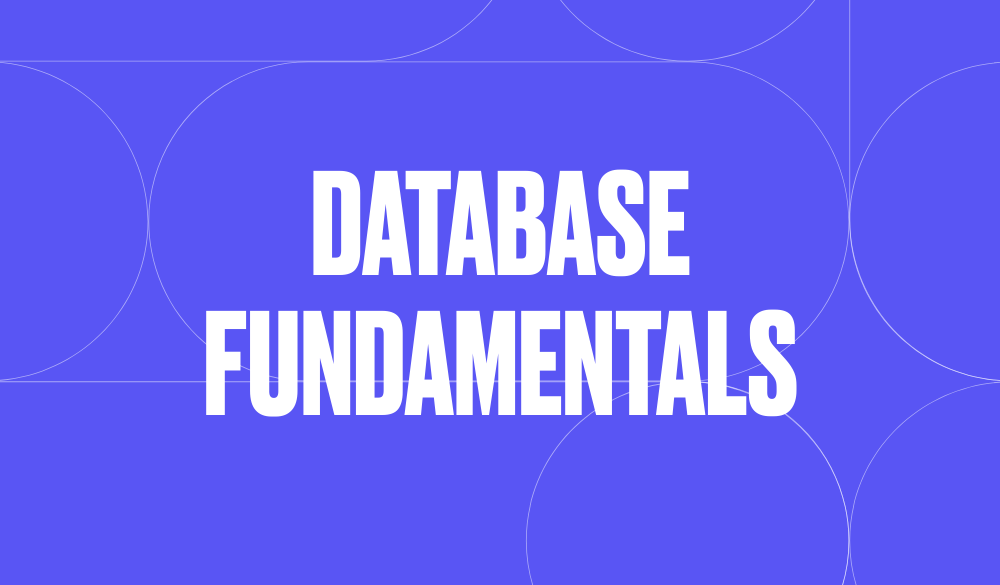Client portals: Create a place to share info with your customers
Client portals won't necessarily transport your customers to another dimension, but they will drastically improve their experience.
Table of Contents
Client portals work on both sides of the equation: saving your business time and resources, while improving the experience your customers have with your business. Here’s what you need to know about creating your own using no-code tools.
Hands up who’s spent endless hours going back and forth with clients over email over an update to a project, an invoice or general feedback. Okay, we’ll just have to picture millions of hands in the air. Creating a place online where you can share all the critical info that a customer needs to see – and where you can actually collaborate with them – makes sense for all kinds of businesses. Here’s what you need to know about the wonderful world of client portals.
Wtf are client portals?
It sounds a bit like some kind of machine that a client steps in before being transported to another realm. And in some ways, that's kind of true. It's essentially an online space where both a business and its clients can access and share various pieces of information, all in one place. That could be files, invoices, designs, forms, dashboards, pages. There’s typically a collaborative element to it, meaning the client can make comments or input info in real time, which the business can see. The experience is pretty standardised – the portal for one client will be pretty similar to another, even if the information they can access will be unique to them.
For example:
Let’s say you run an architecture practice with a few different clients. A client portal is perfect for uploading the latest drawings and designs you’ve made for each individual client. They’ll have a unique login to their portal where they can see everything associated with their project – leaving comments, asking questions and keeping up-to-date with developments.

What problems can they solve?
- No more endless emails. Client portals can seriously cut down excess communication – whether that’s emails or Slack messages. Customers can see, and comment on, whatever they need to within the portal when it suits them.
- Less resources needed for customer support. That has the added benefit of meaning you don’t need to devote employees time and energy to as much customer support dealing with queries and issues.
- It’s a secure way of sharing info. For many businesses, sharing secure and sensitive files over email is far from ideal. A portal is a far more secure place to do that.
- It’s great for keeping records of processes. You’ll have all your communication in one place, alongside different version history too. That means less rifling through documents or emails when issues come up.
- It increases customer engagement. Giving customers a place to engage with your service, offer feedback or access specific docs fundamentally increases how much they’re interacting with your business. You, in turn, have a new space and new touchpoints where you highlight different offerings and services. Although we wouldn't recommend bombarding them.
- It improves the customer experience. The value for a client is pretty much the same – they get access to the info they want, when they need it.

Who needs to know?
Sectors:
Client portals are useful for pretty much any industry but professional services stand out in particular. Where you’re providing a service and clients need to keep on track of what’s happening: to review, feedback and ask questions. Think: a design or creative agency.
It’s also useful for sectors where there are numerous projects happening at once, and you only want certain clients to access certain projects. For example, a book publisher might have a portal for each book being worked on, accessible by that book’s author, editors, cover designer and anyone else specifically working on that project.
Departments:
Again, many departments would benefit from client portals, but a few really stand out, such as client facing departments like account managers and customer-support. They’re also great for employees out in the field, who are regularly out and about, carrying out tasks and sending info back in to be collated.
What's the nuance?
- Customer portals and client portals are not quite the same thing, even though they’re often talked about interchangeably. Customer portals are generally more generic and often more akin to a website with a login that's meant to be accessed by numerous people. For example, banks will uses customer portals that are accessed by millions of people.
- Client portals are standardised and pretty narrow in what they can do. If you want an app with more complex functionality, like a QR scanner or something, you’ll need to create a custom app.
- You need to understand a few database fundamentals first to really get moving (see below). Concepts like displaying data in tables and fields, and being able to use link records between tables are important to get your head round first.
- Visualizing your portal can be a problem. People often struggle with imagining what their portal will actually look like and, consequently, find it hard to make it look good. You should approach it with the mindset that you're essentially building a layout to display data in a table. You don’t need to create a different profile page for each user. You need to create something you can duplicate for each user – that's why templates can be really handy.
- It can also take a while to get your head around 'permissions' – and the simple power they have. They’re a building block of pretty much any app – deciding what a user can or can’t see or do depending on their role, the tier of customer they are or some other factor. Can they view or edit the page? Can they change any settings? What can a guest user do compared to a registered one?
- You’ll need to decide whether you want a public facing portal (eg, someone can access it without being invited) or an invite-only one. That’ll help you choose the right no-code tool too.
- When it comes to choosing a no-code tool, check out their example apps or templates. It’ll help you decide if you can actuallycreate what you want with that particular software – and might just save you a whole lot of time.

Which no-code tools are right for me?
Beginners:
Joinportal is a really good starting point – it has a lot of functionality and is pretty straightforward to use.
Intermediate:
Stacker is slightly harder to get to grips with but has pretty impressive functionality – and can support a lot of data.
Expert:
Internal.io is a borderline low-code tool. You definitely need some technical chops to make the most of this very flexible tool.


Beginners
Database fundamentals
Customer Portal
How to create a personalised hub for your customers to get the info they need.
Similar Tutorials
Want to read
more articles
like these?
Become a NoCode Member and get access to our community, discounts and - of course - our latest articles delivered straight to your inbox twice a month!












